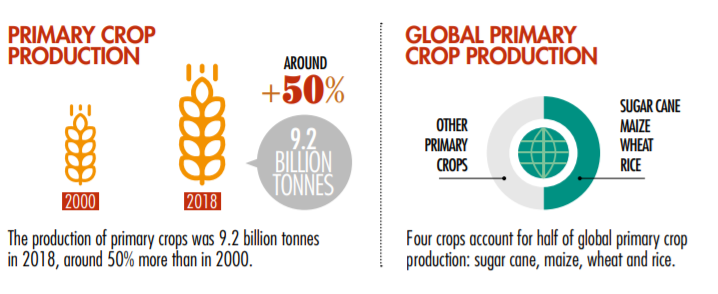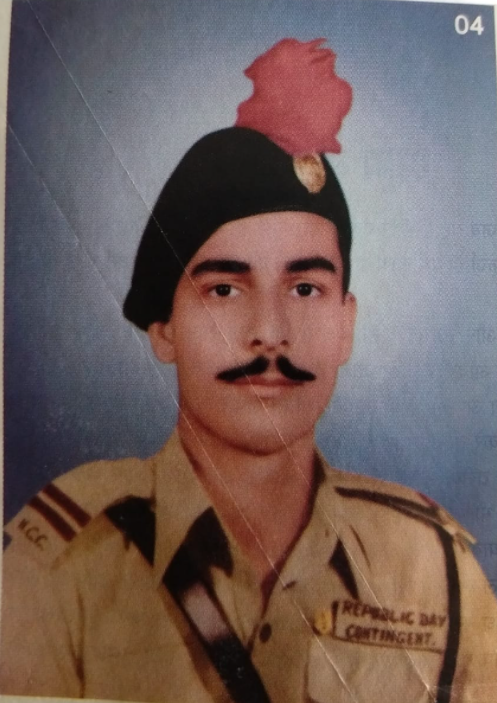
One Man many heritage-From Sugar business (Parry's Coffee Bite) to an AgroGiant in Making.
Coincidentally most of the business is now run by an equally amazing business Group. An 🧵on Mr. Parry of Parry's Cornerwale
Coincidentally most of the business is now run by an equally amazing business Group. An 🧵on Mr. Parry of Parry's Cornerwale

Parrys as a surname was due to the fact that he belonged to a family that used to once rule, Powys (in Wales). The flat fertile land there was ideal for farming, which ensured his family richness. Thomas Parry arrived in Madras in 1788 and was licensed as a free merchant.
While most other Englishmen involved in the Trading in those time were either Writer or Cadet of EIC. Been a Free agent, gave give freedom, but also some problems. Madras had grown from Fort St George, and had Portuguese, French, Dutch, Jews also doing the Trading.
Soon, he felt that he needed some local support, so in 1789 he took Chase (an ex Civil servant of EIC) as a partner, and they started as real estate agents. They then sold lottery tickets, discounted Navy bills, sold passages in Europe-bound ships and also distributed books.
In 1805, he established a tannery in San Thomé near his castle, and this gradually grew into an establishment employing 300 men and exporting its products – boots and army leather-goods-to the rest of the Engish World.
By 1819, Mr. John Dare became his partner and they started expanding into other business. First was coffee plantations in Wayanadm followed by sugar and spirits. Though Mr. Parry died in 1824, but business was growing quite well under Mr. Dare.
By 1897-The East India Distilleries and Sugar Factories Limited (EID) was formed in London. Today's Chennai has a landmark named after both of them- junction, where the business got started, is Parry’s Corner. Dare House, the HQ at Parry’s Corner, was built in the late 1930s.
The ‘Manure’ residual of their Sugar business gave them the idea of getting into fertilizers business in 1906. And then in the next decade, they were asked by South Indian Railway(SIR) to run their own private Rail line-Kulasekharapatnam Tissianvillai Light Railway. 

The railway business got them into ‘New Maladabar Timber Yards and Saw Mills Ltd’ at Kallai near Calicut. The timber being obtained from the surrounding hills and was used for making, railway sleepers, and planks.
As they were expanding into other Farm inputs, they need more of Sulphuric acid which was used in the production of these fertilisers. And for that ceramic product (jars) were been made by them to store this acid. It is this division that went on to become Parryware in 1952. 

Then came Parry Agro Industries and Parry’s Confectionery-famous for their Parry's Coffee Bite and the tag line “the argument continues”. Though the business is now part of Lotte. However, by 1960s Parry’s started to show signs of decline. In 1976, it was Indianised. 

British Firms were not interested in putting more capital for their growth and while there were many Suiter, somehow the asking price was not matching. And business was on a deathbed by 1980. R Venkataraman the then Finance minister, tried to be a matchmaker for this Iconic firm.
Commonwealth Development Finance Corporation and Pearl General Insurance, two London based organizations decided to sell their stake to Murugappa group <belong to the Chettiar community which is famed for their entrepreneurship>.
A.M.M. Murugappa Chettiar, the founder of the group, was a financier who built a robust business in Burma first in 1900, and then spread all over South-East Asia. After the anti-Indian riots in Burma, they decided to be back to their roots.
Today, their Agrobusiness is the most important pillar in their business empire, contributing about 50% of the group revenue. They are indeed the able successor of the Man in whose name many companies are still run. <END> 

• • •
Missing some Tweet in this thread? You can try to
force a refresh










